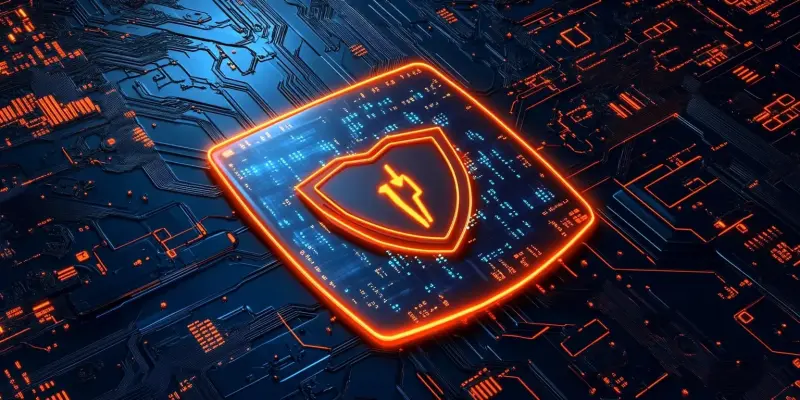Newly discovered security vulnerabilities in the OpenSSH secure networking utility suite have raised alarms within the tech community, with potential consequences including man-in-the-middle (MitM) and denial-of-service (DoS) attacks. Detailed by the Qualys Threat Research Unit (TRU), these flaws are listed as CVE-2025-26465 and CVE-2025-26466, respectively. CVE-2025-26465, which affects OpenSSH client versions from 6.8p1 to 9.9p1, contains a logic error that could allow an active MitM attack if the VerifyHostKeyDNS option is enabled. This vulnerability enables malicious actors to impersonate legitimate servers during client connections, potentially intercepting or tampering with the SSH session. Although this option is disabled by default, it was enabled by default on FreeBSD systems from September 2013 to March 2023, placing such systems at risk.
Detailed Vulnerabilities and Their Impact
CVE-2025-26466 targets both the OpenSSH client and server from versions 9.5p1 to 9.9p1, making them susceptible to pre-authentication DoS attacks. These attacks can consume memory and CPU resources, causing availability issues that may prevent administrators and users from managing servers effectively, thus crippling routine operations. The importance of addressing these vulnerabilities is underscored by the potential consequences of their exploitation, including unauthorized access to sensitive data through compromised SSH sessions and significant operational disruptions. OpenSSH maintainers have responded by releasing version 9.9p2 to address and patch these issues.
The significance of these flaws cannot be overstated, as the widespread use of OpenSSH means any vulnerability could potentially affect a vast number of systems globally. The nature of the CVE-2025-26465 vulnerability, which permits an active MitM attack, poses a notable threat to the integrity of secure communications. By intercepting or altering data transmitted during an SSH session, malicious actors can gain unauthorized access to sensitive information. On the other hand, CVE-2025-26466’s capacity to cause pre-authentication DoS attacks underlines the risk of operational inefficiencies and service interruptions, especially for organizations that rely heavily on SSH for daily activities.
Precautions and Solutions
To mitigate the risks associated with CVE-2025-26465 and CVE-2025-26466, organizations should upgrade to OpenSSH version 9.9p2, which includes patches that address these vulnerabilities. Additionally, it is advisable to review configuration options such as VerifyHostKeyDNS to ensure they align with current security practices, especially on systems that previously had this option enabled by default. Regularly monitoring and updating systems, coupled with adopting best security practices, will further fortify defenses against potential threats posed by these and future vulnerabilities.

